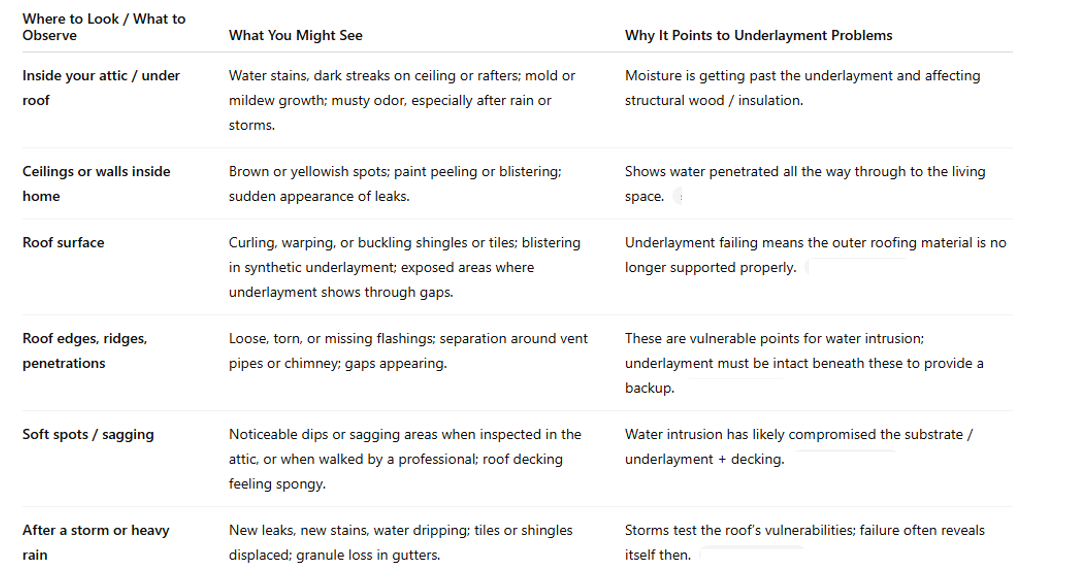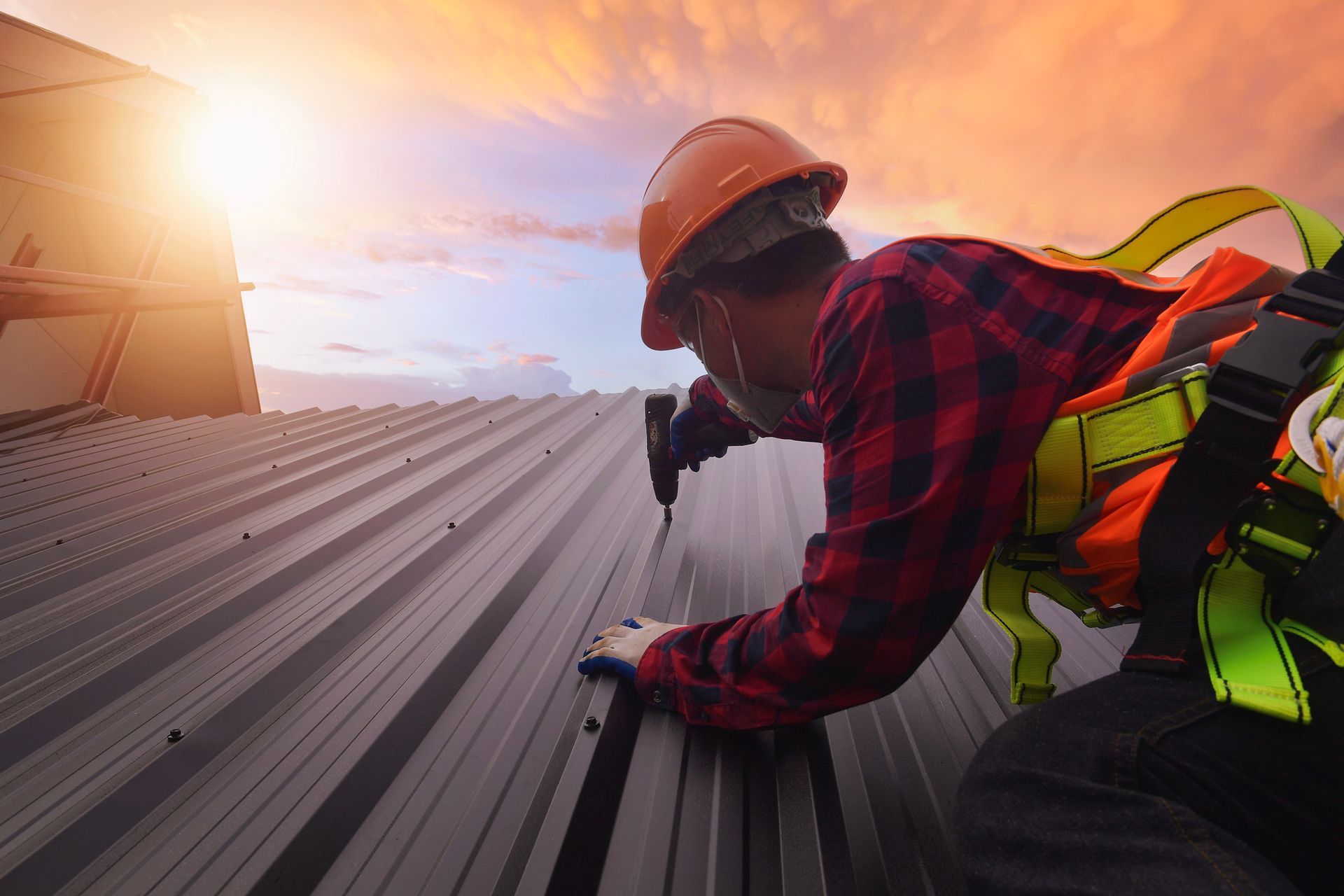How to Spot Underlayment Failure: A Guide for Homeowners in Palm Beach County
Your roof does more than just hold up your shingles — beneath that outer layer is the underlayment, a critical moisture barrier, secondary protection, and contributor to the overall lifespan of your roof. In South Florida’s coastal climate, underlayment has to fight salt, sun, humidity, and storm-force rain. At Leo Roofing & Construction, we’ve seen many roof issues start with underlayment problems. If you live in Palm Beach Gardens, Jupiter, West Palm Beach, Boca Raton, Boynton Beach, Wellington, Palm Beach, North Palm Beach, Juno Beach, or Tequesta, here are the signs to watch for — plus what to do if you detect issues.
Leo Roofing & Construction can help you spot the signs. Don’t wait—call us at (561) 935-4979 for a no-obligation roof inspection today.
What Is Underlayment — And Why It Matters
Underlayment is the layer between your roof deck (plywood, OSB, or sheathing) and your roofing material (tiles, shingles, metal, etc.). Its job:
- to act as a moisture barrier if your outer covering fails or gets damaged
- to help with waterproofing around roof penetrations (vents, chimneys, skylights)
- to protect the deck from water, condensation, and wind-driven rain during strong storms
In our Florida environment, underlayment is under constant stress: UV from intense sun, high humidity, salt spray near the coast, extreme heat, and frequent tropical storms.
Common Causes of Underlayment Failure in South Florida
These are some of the reasons underlayment fails more frequently here:
- Sun/UV Exposure — If roofing material shifts, cracks, or loosens, the underlayment may be exposed, degrading it quickly. Synthetic underlayment may blister or crack under intense UV & heat.
- Humidity & Moisture — High ambient moisture causes trapped condensation, which weakens underlayment, rots wood decking, promotes mold. Poor ventilation accelerates this.
- Salt Air & Corrosion (in coastal zones) — Salt particles in air and moisture accelerate degradation of fasteners, metal flashings, and can degrade underlayment adhesives or coatings.
- Storm Damage (Wind, Rain, Debris) — Heavy rain, wind uplift, flying debris can tear or displace roofing material, expose underlayment, cause tears. Hurricanes/tropical storms are major threats.
- Poor Installation or Low Quality Materials — Underlayment that’s improperly fastened, has wrong overlaps, not compatible with tiles/shingles/metal, or made from inferior material, will fail faster.
Key Signs of Underlayment Failure You Can Spot
Watch out for these warning signs in your home:

What to Do If You Suspect Underlayment Failure
If you notice any of the above signs, here’s what you should consider doing in Palm Beach County:
- Schedule a professional roof inspection
- Licensed roofing contractors (like us at Leo Roofing) should check underlayment condition, especially after seasonal storms. Early intervention saves on repair costs.
- Evaluate localized repair vs full replacement
- If damage is isolated (one area, around a penetration, minor flashings), repair may suffice.
- If multiple issues appear across roof, or underlayment is old and degraded, full replacement might be more cost-effective.
- Ensure proper materials and installation
- Use underlayment rated for South Florida climate (resistance to UV, wind uplift, moisture), proper flashing, correct fasteners, good overlap, good ventilation.
- Routine maintenance
- Trim overhanging branches, remove debris, clean gutters, ensure attic ventilation works, watch for signs after storms.
- Check your warranty
- If you have a roofing warranty, see what it covers regarding underlayment and installation. Some failures may be covered.
Why It’s Especially Important in the Palm Beach County Area
- Many homes here are near the coast, where salt air + humidity + strong sun accelerate wear.
- Our tropical storms and hurricanes put high demand on roofs — underlayment is often the unseen line of defense.
- Building codes in Florida require certain uplift and moisture barrier standards; older homes may not meet newer codes.
Conclusion
Underlayment is out of sight but shouldn’t be out of mind. Spotting underlayment failure early — via attic inspection, leaks, warped roofing material or sagging — can prevent much bigger headaches and expenses down the road. If you are in Palm Beach Gardens, Jupiter, West Palm Beach, Boca Raton, Boynton Beach, Wellington, Palm Beach, North Palm Beach, Juno Beach, or Tequesta, and you suspect any of the above issues, Leo Roofing & Construction is here to help. We’ll come out, inspect, and recommend a plan that protects your home, preserves its value, and keeps you dry and secure.



